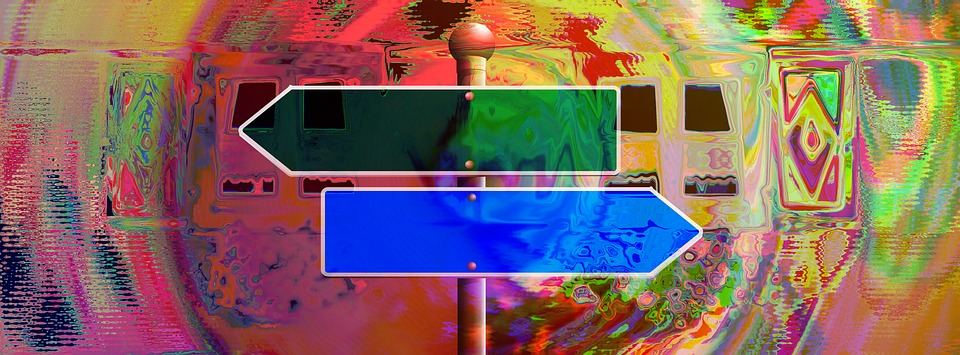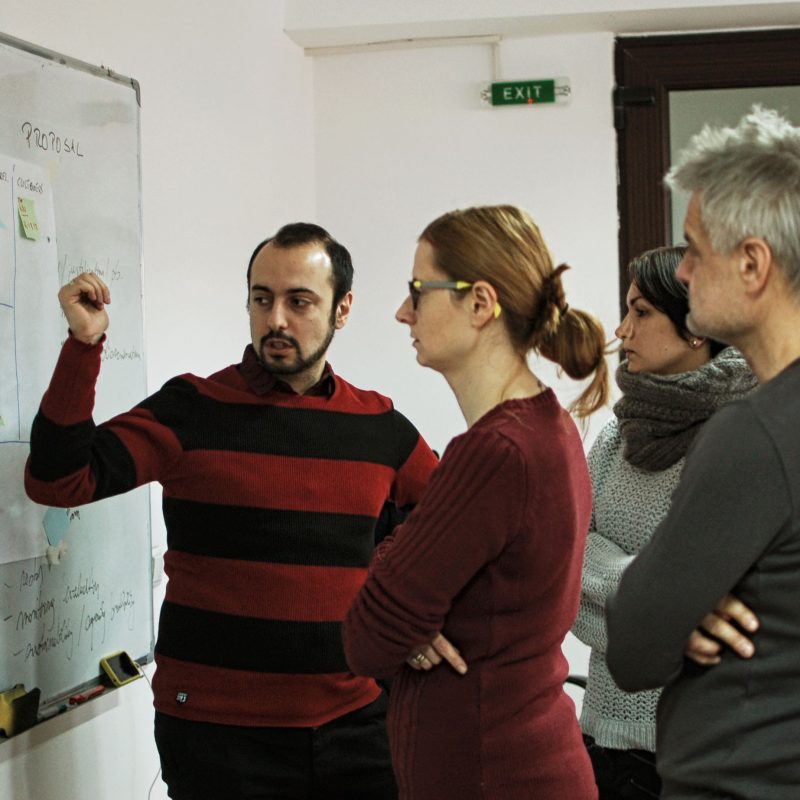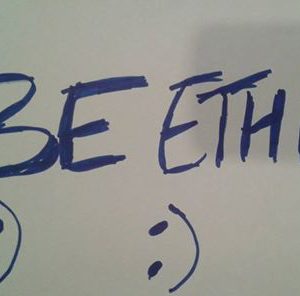
Whom to rescue?
June 22, 2017
Entrepreneurship – a career path
June 23, 2017Is it really your choice?
Use this scenario to help young people to learn about behavioural economics and irrational decisions.
When to use it:
- understanding how our decisions are influenced by “irrational” context;
- learning about “Ikea effect” and “decoy effect”.
Size of the group: 10 to 20 people
Age of the group: over 14 years old
Time:
Preparation: 20 minutes
Presentation: 15 minutes
Materials:
- printed handouts with the two offers (see step 1. or this link)
- pens
- flipchart papers
- markers
How:
Preparation:
- Read the about irrational decisions and “decoy effect” (http://simplicable.com/new/decoy-effect) and “Ikea effect” (https://www.behavioraleconomics.com/mini-encyclopedia-of-be/ikea-effect/).
- Print out the two offers you will use in step 1.
- Prepare the flipchart papers with the two offers, for the statistics.
- Prepare a flipchart paper with the statistics from the original experiment (see step 4.)
Presentation:
- Split the participants in two, and give to each group (to each member!) an offer to subscribe to The Economist for one year. Use the following or these handouts.
-
Offers
The first offer given to the first group says the following:
Subscribe to the best business magazine in the world – The Economist! “The Economist offers authoritative insight and opinion on international news, politics, business, finance, science, technology and the connections between them.” (www.economist.com)
Subscribe for:
a) The Economist online version – 59$/year
or
b) The Economist printed and online versions – 125$/year
Waiting for your email!
The second offer given to the second group says the following:
Subscribe to the best business magazine in the world – The Economist! “The Economist offers authoritative insight and opinion on international news, politics, business, finance, science, technology and the connections between them.” (www.economist.com)
Subscribe for:
a) The Economist online version – 59$/year
- or
b) The Economist printed version – 125$/year
- or
c) The Economist printed and online versions – 125$/year
Waiting for your email!
-
- Do not let participants to talk among themselves, and ask them to choose, quietly, the subscription they would want and then to give you the paper with their choice.
- Once you collect all the “subscriptions”, using two flipchart papers prepared before with the choices from the two offers, count the types of the subscriptions chosen by the participants.
- Make the statistics for each offer, and then compare these statistics with the statistics from the original experiment, which are the following:
Statistics
1st offer:
a) The Economist online version – 59$/year – 68%
b) The Economist printed and online versions – 125$/year – 32%
2nd offer:
a) The Economist online version – 59$/year – 16%
b) The Economist printed version – 125$/year – 0%
c) The Economist printed and online versions – 125$/year – 84%
- Debrief the results by explaining the participants how we are all under the risk to make “irrational” decisions, just because of a different context in which the alternatives are presented or are developed. Explain the “decoy effect” (illustrated with this exercise) and “Ikea effect”.
Follow-up questions
- How do you feel now when you know that your choice can be so easily influenced by such marketing “tricks”?
- How would you use the “decoy effect” or “Ikea effect” in your own business / professional career?
- What do you think / feel about the ethics in using the knowledge related to “irrational” decisions?
Possible variations
You could illustrate the Ikea effect with a different exercise, instead of this with The Economist subscriptions. For the Ikea effect, you could do the following exercise:
- Prepare, before the training, one boat paper and ask the participants to put a price on it (individually, and each should write down what he/she will pay for the boat).
- Give each participant a scheme on how to build a paper boat, and a paper, and ask them to build a boat.
- Ask each participant to put a price on the boat they built.
- Finally ask the participants to compare the price they put on your boat with the one they put on the boat they built.
- If the Ikea effect worked, their prices should be bigger than the prices they put on your boat.
- Debrief explaining the “Ikea effect”, insisting on the fact that the boats are the same (same paper, same construction)… still the prices are different, because of our “irrational” decisions on pricing.
Other resources:
Dan Ariely: Are we in control of our own decisions?, TED Talks
https://www.ted.com/talks/dan_ariely_asks_are_we_in_control_of_our_own_decisions?language=en
Science of persuasion (R. Cialdini, S. Martin) – short summary, video made by Influence at work
You must be logged in to post a review.
Related products
-
Business model canvas – plan your business in one page!
Use this scenario to teach young people about business planning and about the Business Model Canvas.
-
Build an ethical and responsible business
Use this scenario to help young people learn about companies’ responsibilities towards different stakeholders, and about the basic ethical principles in business.
-
Entrepreneurship – a career path
Use this scenario to help young people to learn the differences between being an employee, a self-employed, a business owner, and an investor.





Reviews
There are no reviews yet.